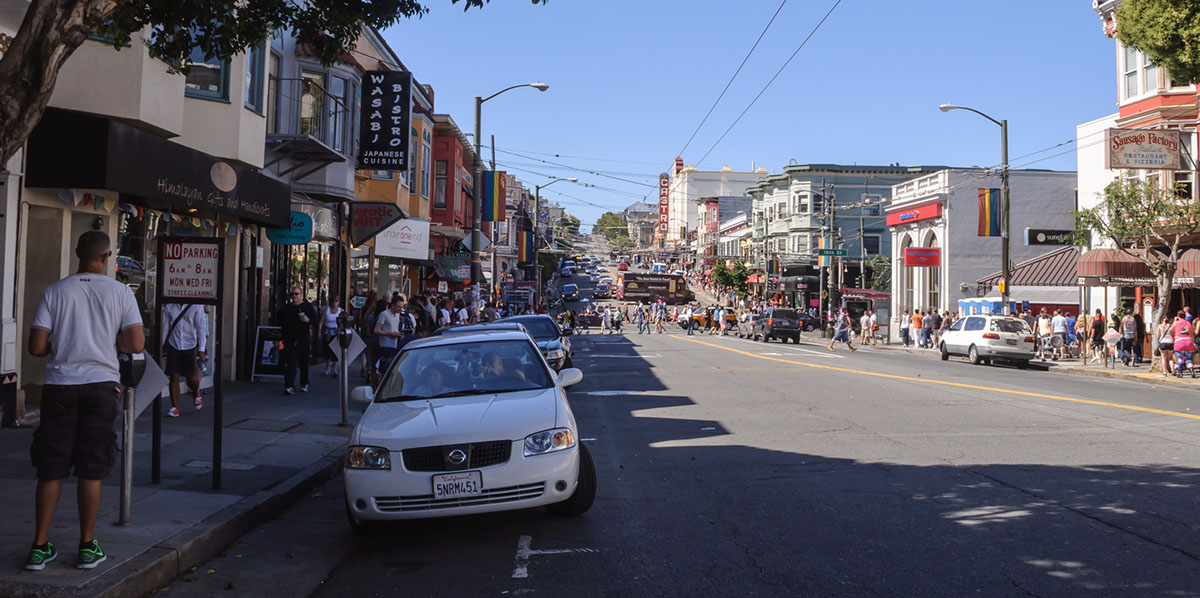COVID-19 Economic Recovery Task Force - Cloned
About the Task Force
Mayor London N.
Mayor London N.
Mayor London N.
Modeled on the Federal Emergency Management Agency’s (FEMA) National Disaster Recovery Framework, a local Disaster Recovery Framework will be created to guide both pre- and post-event recovery activities to help ensure that San Francisco can launch an effective recovery following a major disaster, which will help expedite the restoration of services, encourage residents and businesses to stay, and establish confidence in local decision-making.
The Department of Public Health is conducting trainings to help vulnerable populations protect themselves from climate change impacts, including extreme heat, extreme storms/flooding, and psychological first aid. The Department of Public Health recently partnered with the Neighborhood Empowerment Network and Resilient Bayview to deliver an extreme heat preparedness and response training to community leaders in the Bayview.
More information is available here.
Allowing residents to remain in their homes post-disaster is crucial for both emotional and social wellbeing, but also supports neighborhood recovery. The Neighborhood Empowerment Network’s Strong Home Program has partnered with organizations such as The Stanford d.school and the Urban Permaculture Institute of San Francisco to create a toolkit for residents that gives them a road map to configure their homes and backyards so they can shelter in place for up to two weeks after a major event.
More information is available here.
The Neighborhood Empowerment Network (NEN) strives to build connections between neighbors at the block level through Neighborfest and Block Champions. Neighborfest is a a series of summer block parties that bring together neighbors to craft and implement plans to care for themselves before, during, and after a disaster. The program offers the host committees the tools and resources they need to organize the activity and a bin of disaster preparedness supplies for their block. In 2017, 32 events were hosted across the city. The Block Champion program buildings on the momentum of Neighborfest by converting the host into a year-round advocate for preparedness among their neighbors.
More information on Neighborfest is available here.
Organizations that are members of HUBs can participate in the Neighborhood Support Center Program, which offers organizations a roadmap to guide their efforts to meet the needs of their staff and clients as well as those of the residents, especially the vulnerable, that reside in close proximity. The program offers organizations the opportunity to participate in an assessment or receive technical assistance to create a continuity of operations plan.
More information on Neighborhood Support Center Program is available here.
The Neighborhood Empowerment Network (NEN) is an alliance of residents, neighborhood and merchant associations, nonprofits and faith–based organizations, foundations and academic institutions that advance resilience at the community level with a bottom up, grassroots approach. The NEN supports the development of HUBs, which are networks of organizations that advances the community’s overall preparedness on a daily basis, as well as provides essential support to residents as they recover from a stressful event of any size. The NEN supports HUBs in crafting a culturally competent resilience action plan for the mitigation, preparedness, response and recovery phases of a disaster. There are currently 12 HUBs that are running or being launched in San Francisco.
More information on HUBs is available here.

Credit: InSapphoWeTrust, Flickr Creative Commons
Invest in Neighborhoods (IIN) works to strengthen, revitalize, and stabilize neighborhood commercial districts around the City by marshaling and deploying resources from City departments and nonprofit partners. Services include loan programs, façade improvement grants and technical assistance for small businesses, all intended to help small businesses thrive, increase neighborhood quality of life, improve overall physical conditions and, in turn, build community capacity. IIN deploys the specific services and resources that are most needed in each district, building stronger neighborhoods through strategic investment in each community’s core commercial corridor. By helping the City think holistically about small business and commercial corridors needs, IIN supports strong and resilient neighborhoods.
More information on Invest in Neighborhoods is available at: https://oewd.org/neighborhoods.
San Francisco is a city of neighborhoods and neighbors. This goal seeks to build on the strength of our city’s character and vibrancy, by being effective governmental stewards of resilient, healthy and cohesive neighborhoods based in trust, equity and partnership.
